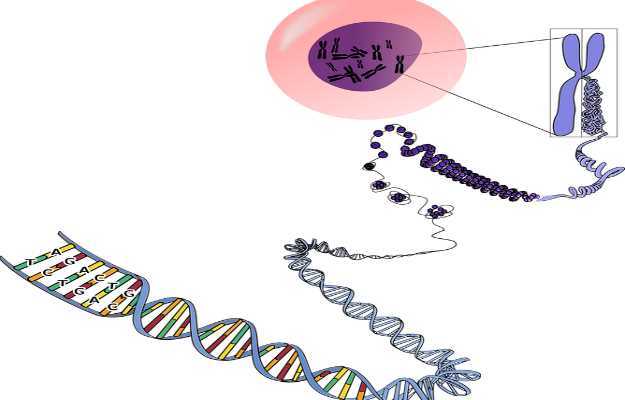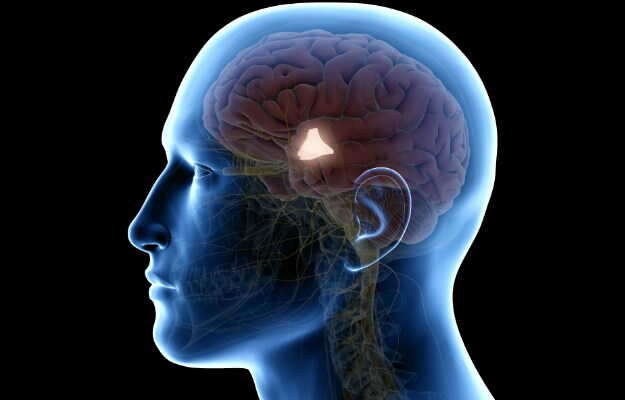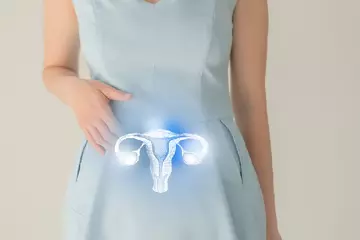What is Turner Syndrome?
Turner syndrome refers to a chromosomal disorder, which typically affects females. In each cell of humans, the 23rd pair consists of the sex chromosomes, which are responsible for sex determination. In females, this pair of chromosomes is called XX, while in males, this pair is XY. An abnormality in one of the X chromosomes in females results in the Turner syndrome.
What are the main signs and symptoms?
Turner syndrome presents the following symptoms in the females it affects:
- Short neck
- Swollen feet and hands at the time of birth
- Soft nails, which turn upwards
- Low set ears
- High blood pressure
- Poor bone development
- Short stature
- Hypothyroidism
- Infertility due to underdeveloped ovaries
- Absence of menstruation
- Poor development of secondary sexual characteristics
- Problems with visual-spatial coordination (determining the relative position or distance between objects in space)
Individuals with Turner syndrome also have a higher risk of developing type 2 diabetes and cardiovascular issues.
What are the main causes?
As mentioned before, females have a pair of chromosomes known as the sex chromosomes – XX. Turner syndrome results when one of the X chromosomes in this pair is normal while the other one is either absent or structurally abnormal. This abnormality in the sex chromosome is the primary cause of Turner syndrome.
In most cases, Turner syndrome is not an inherited disease. However, in rare cases, this syndrome may be inherited from a parent.
How is it diagnosed and treated?
The syndrome may be diagnosed before birth or even at birth by noticing certain abnormalities in the physical features.
There are several diagnostic tests that can confirm the presence of Turner syndrome. These include:
- Amniocentesis (examining the amniotic fluid within the womb by collecting a sample using a needle with ultrasonographic guidance)
- Physical examination
- Psychological adjustment
- Blood tests
- Chromosome analysis
- Genetic tests
Presently, there is no known cure for Turner syndrome. The treatment aims at managing the symptoms and may include:
- Hormonal therapy (usually done in early childhood to overcome stunted growth)
- Oestrogen replacement therapy (to protect against bone loss and aid in development at puberty)
- Counselling (for better psychological adjustment).
















